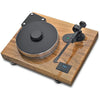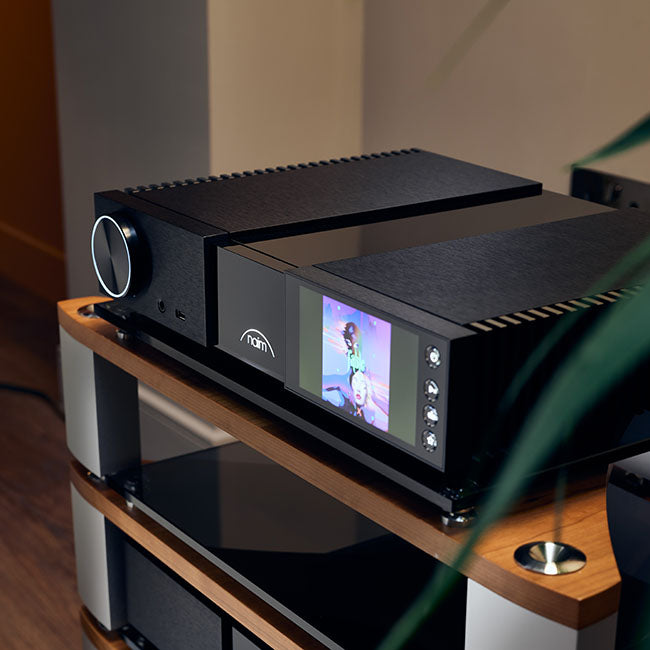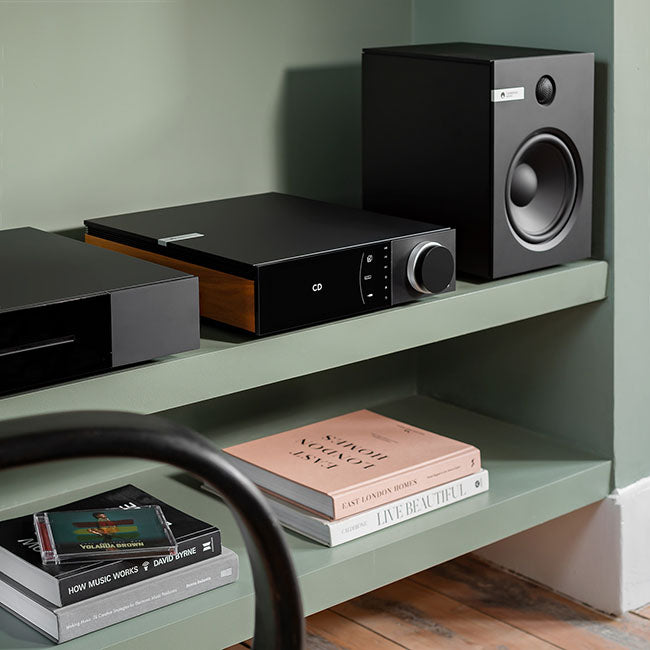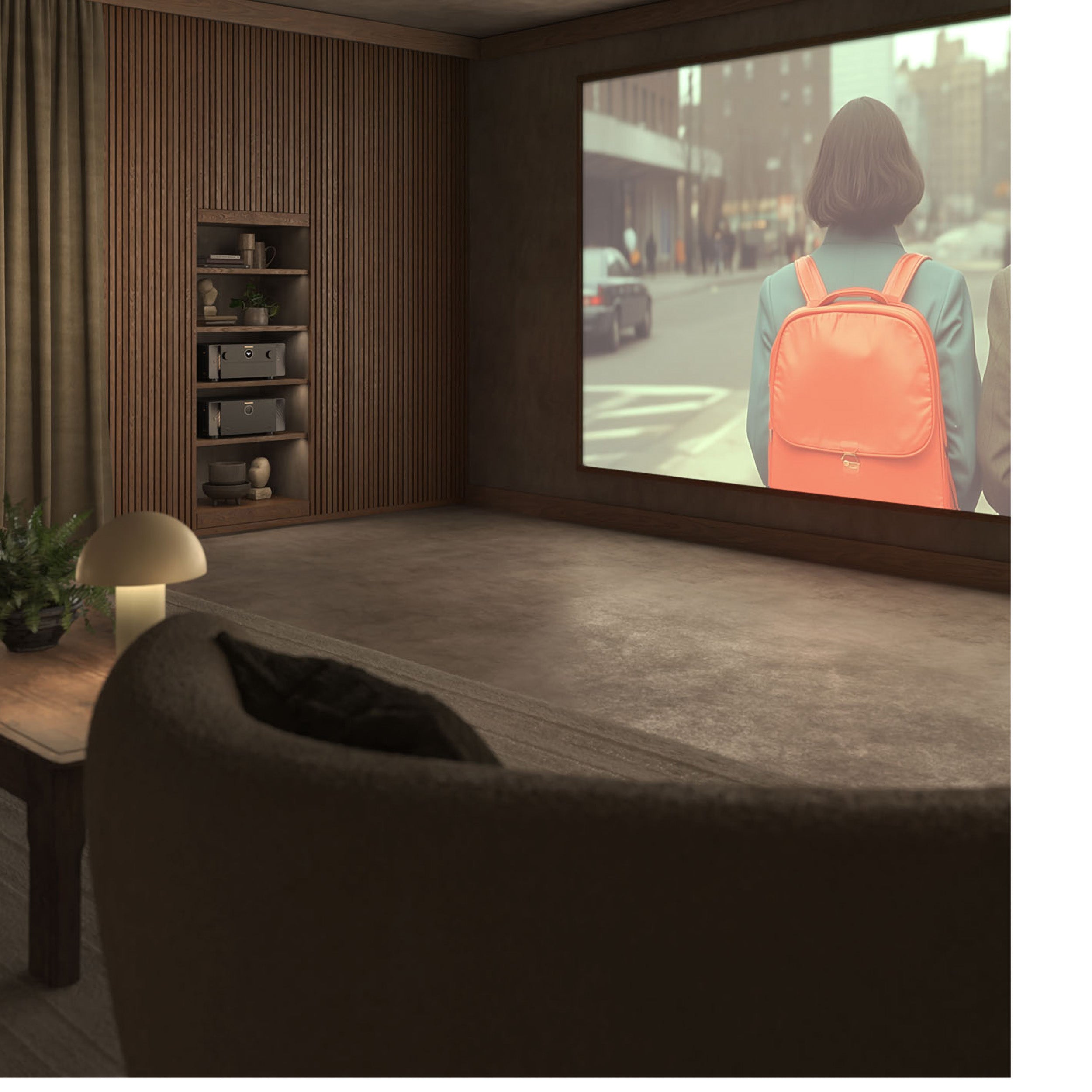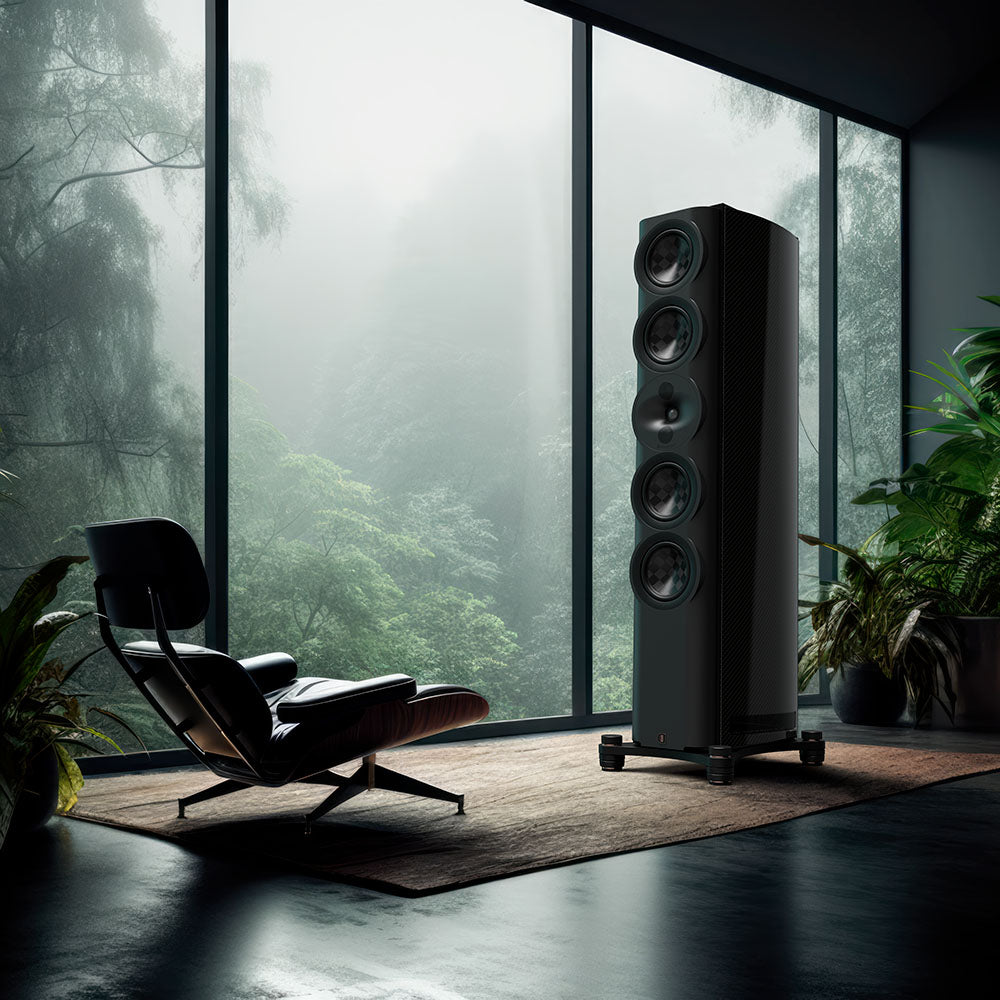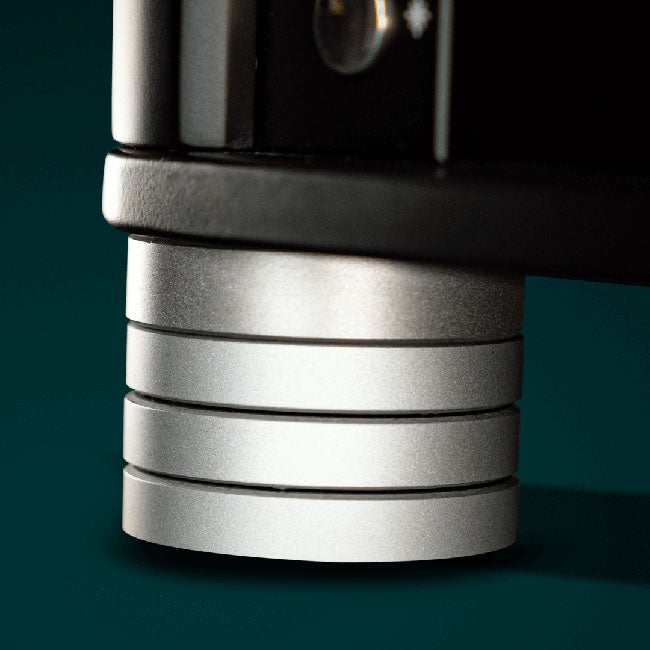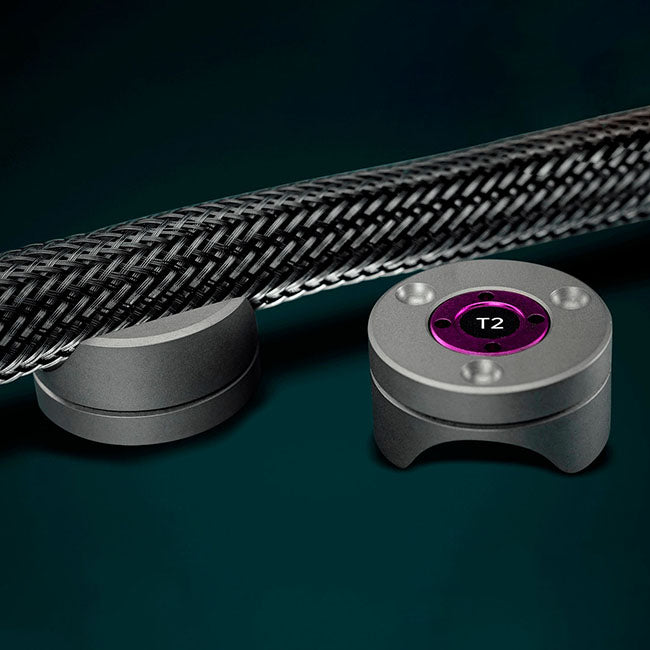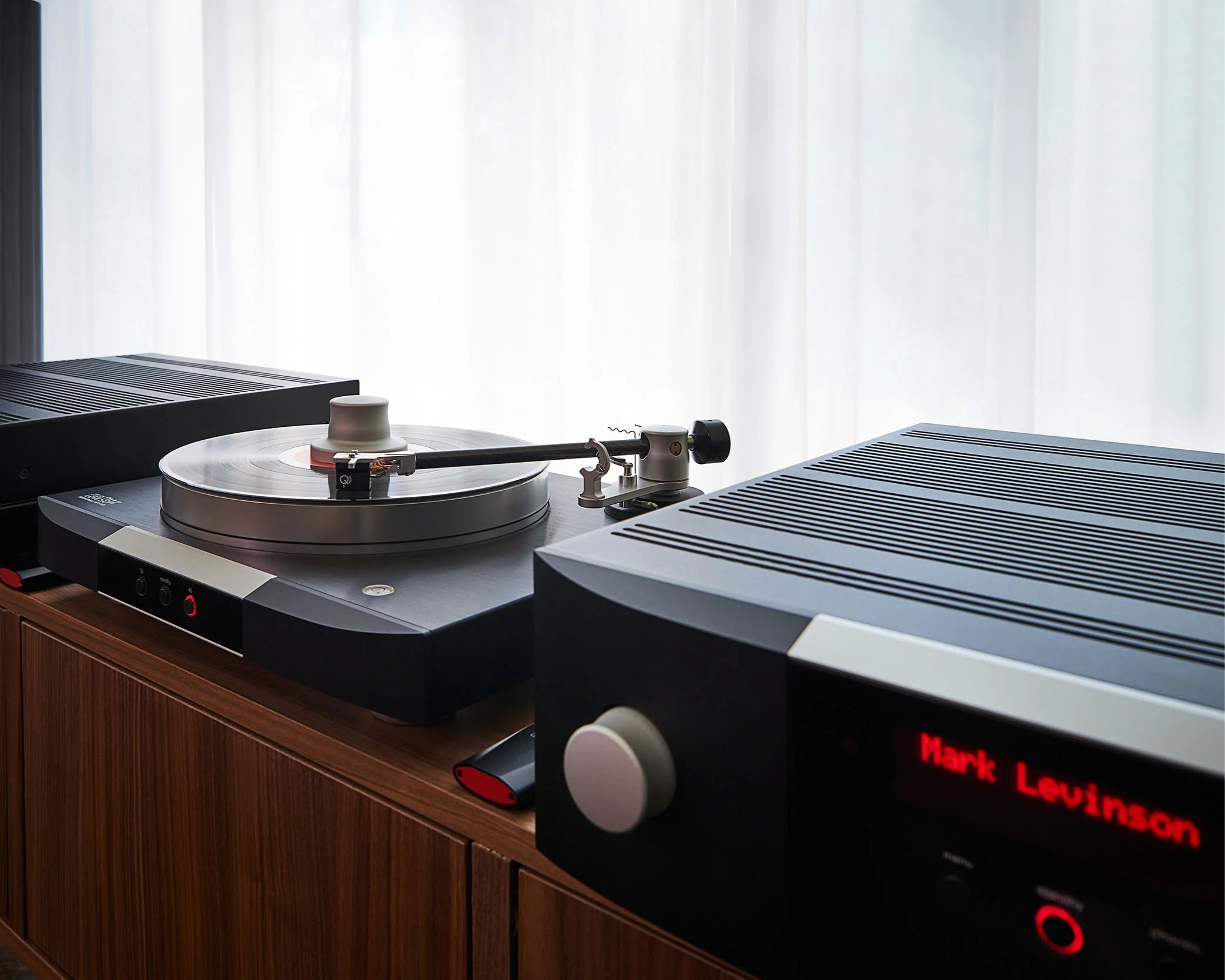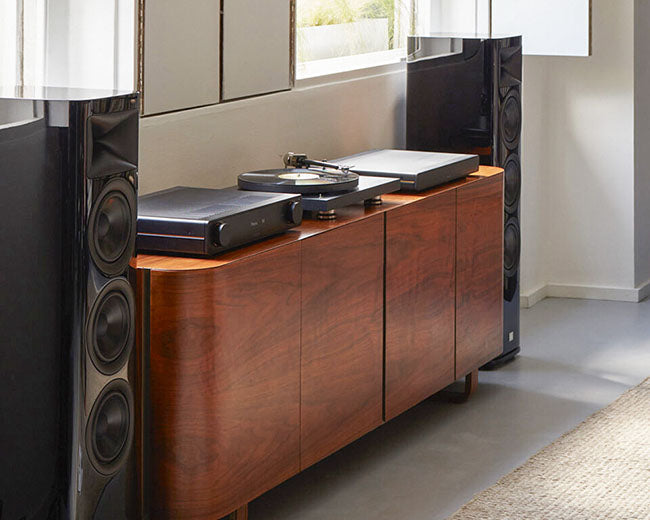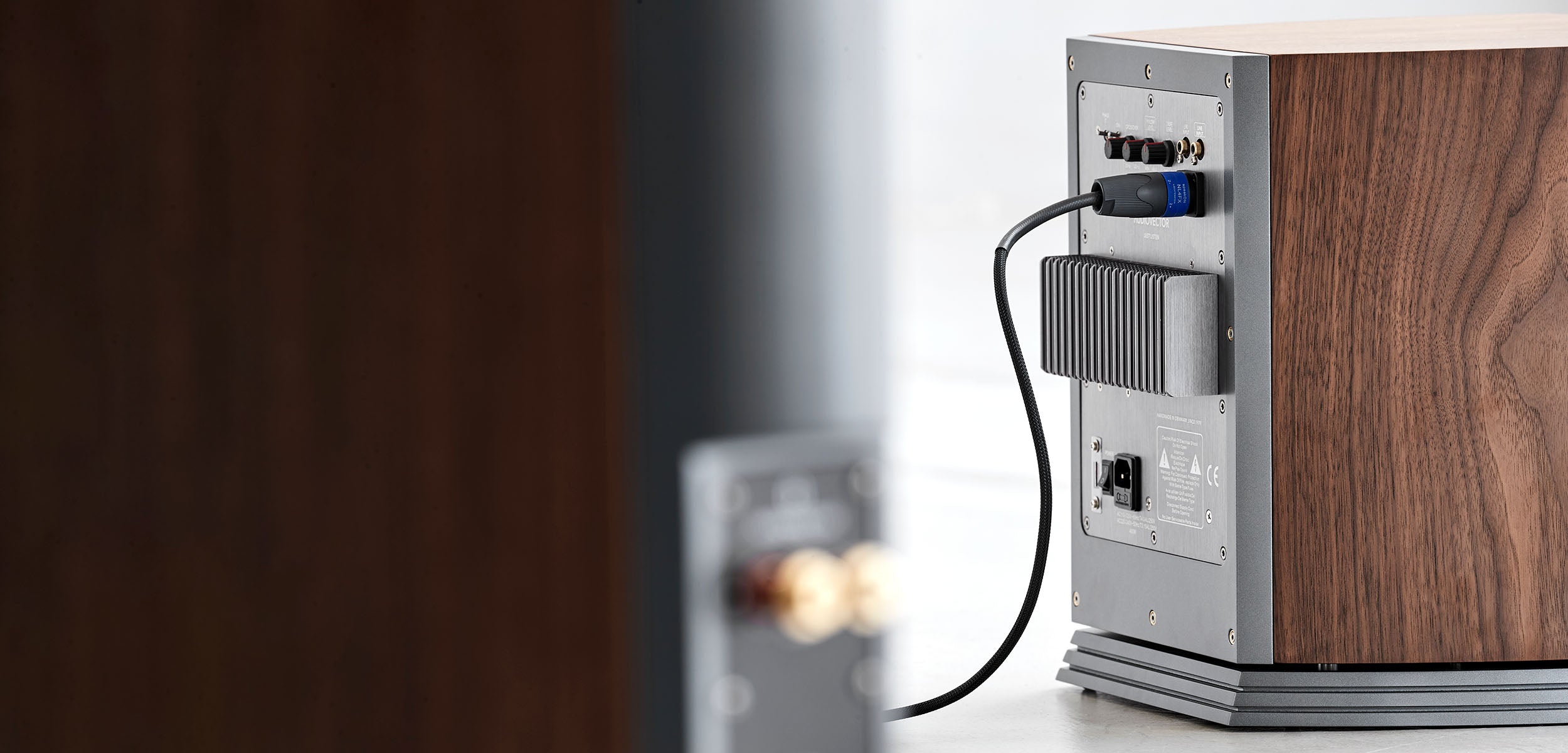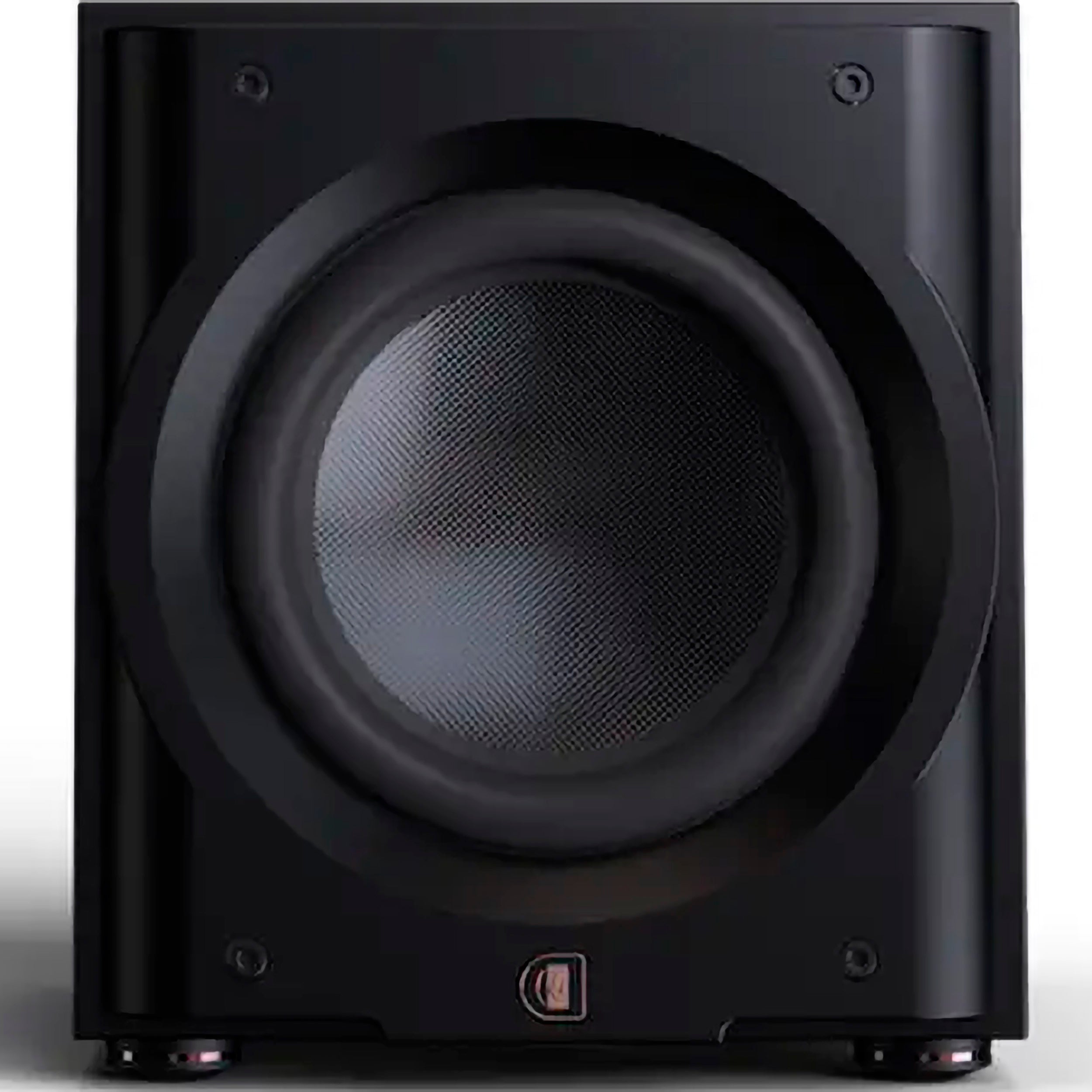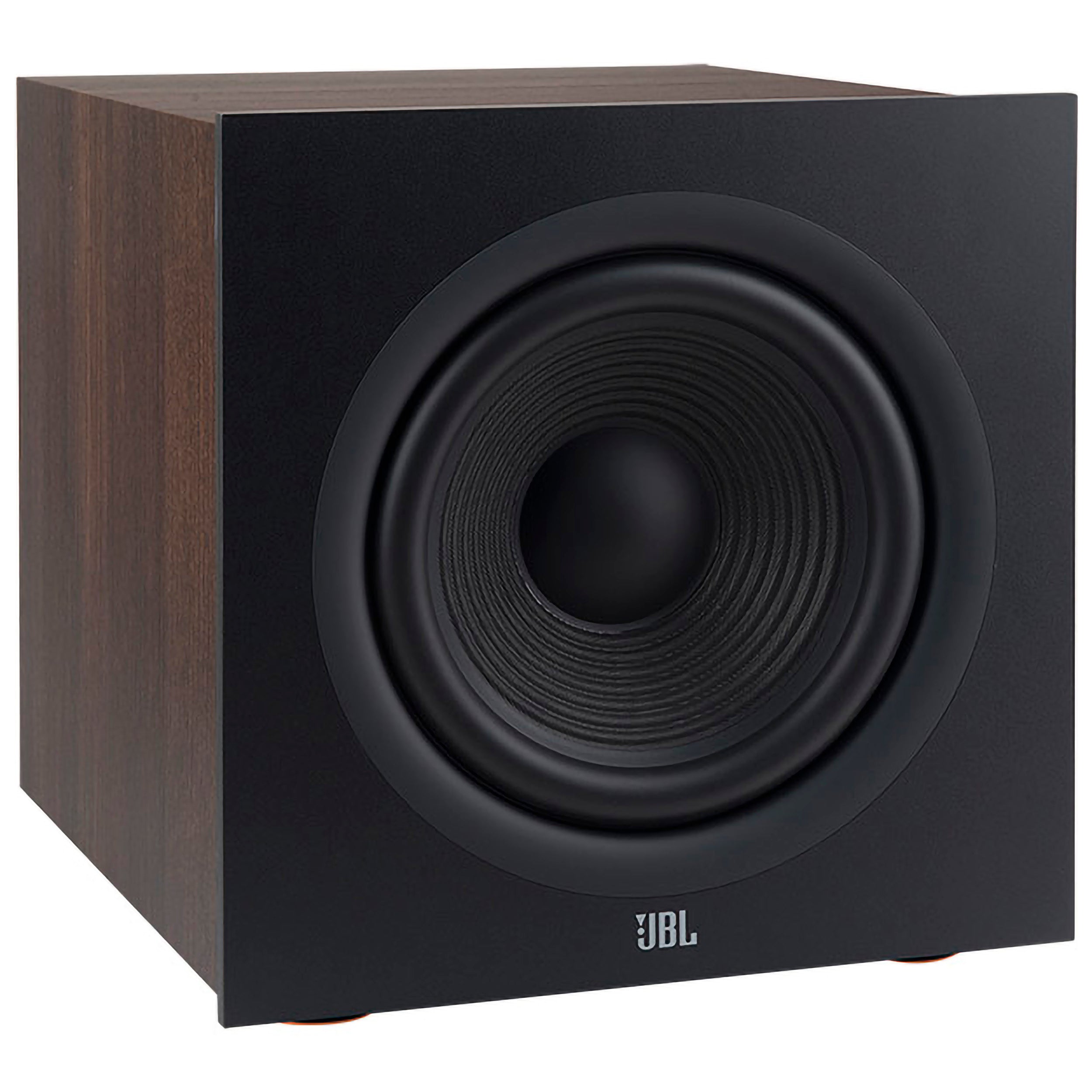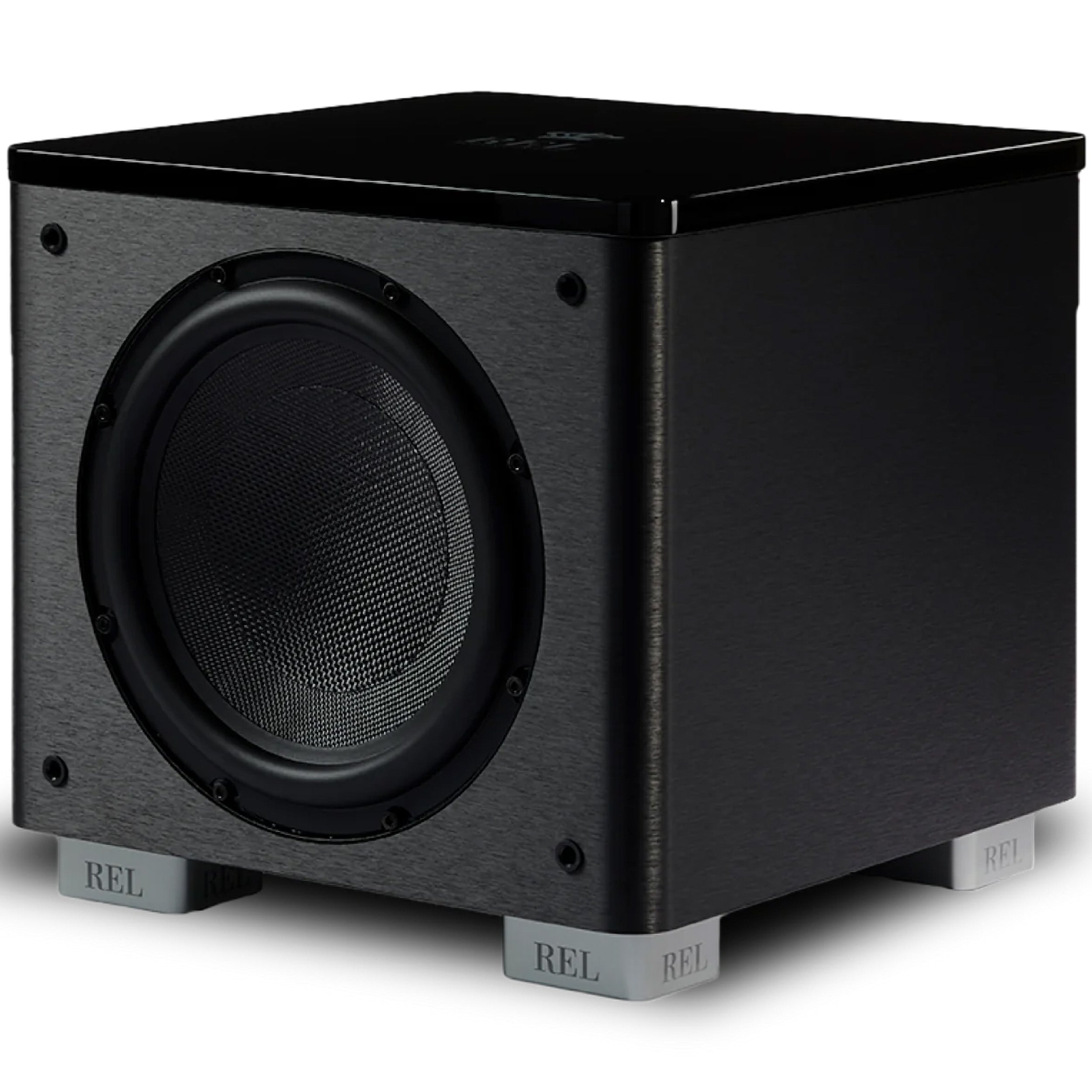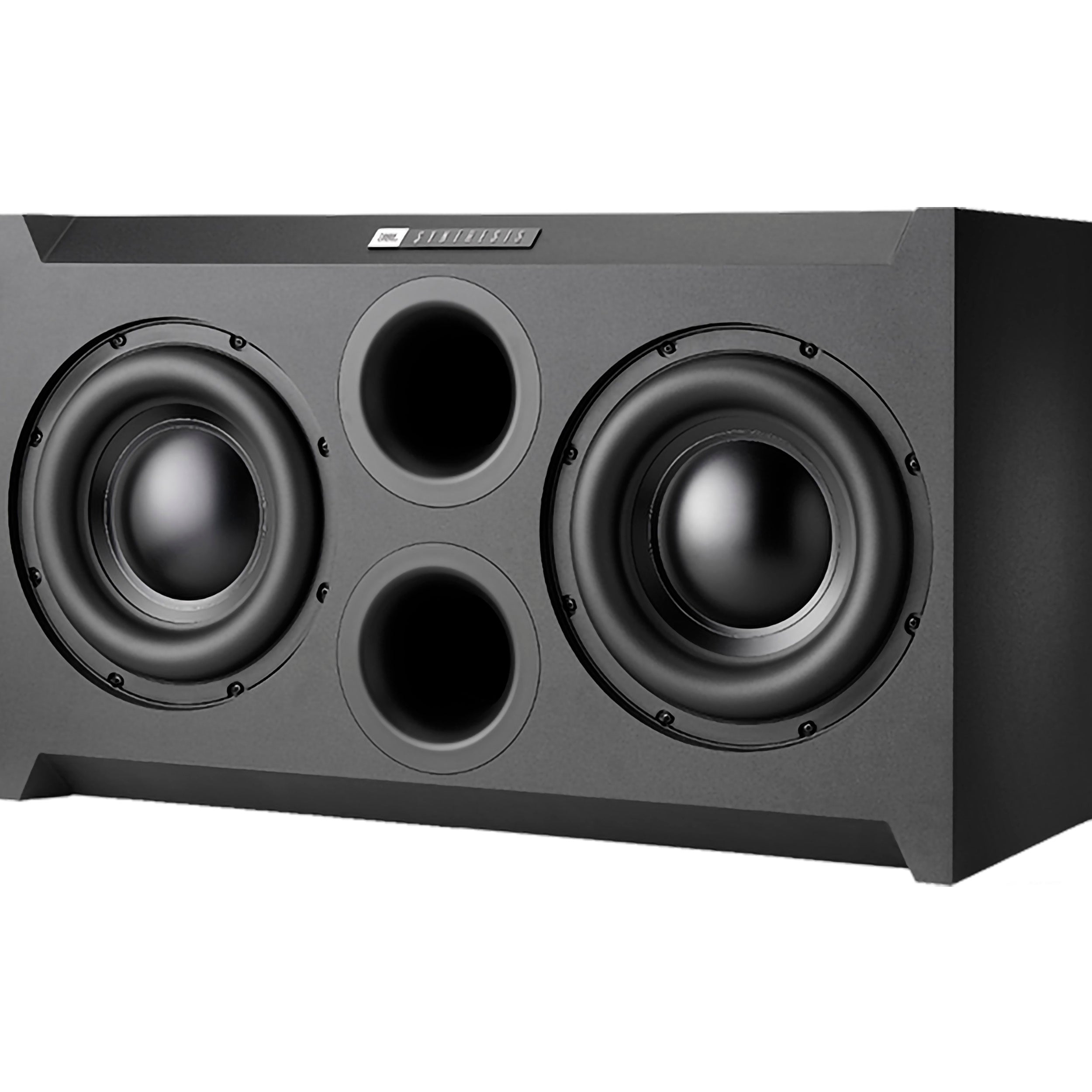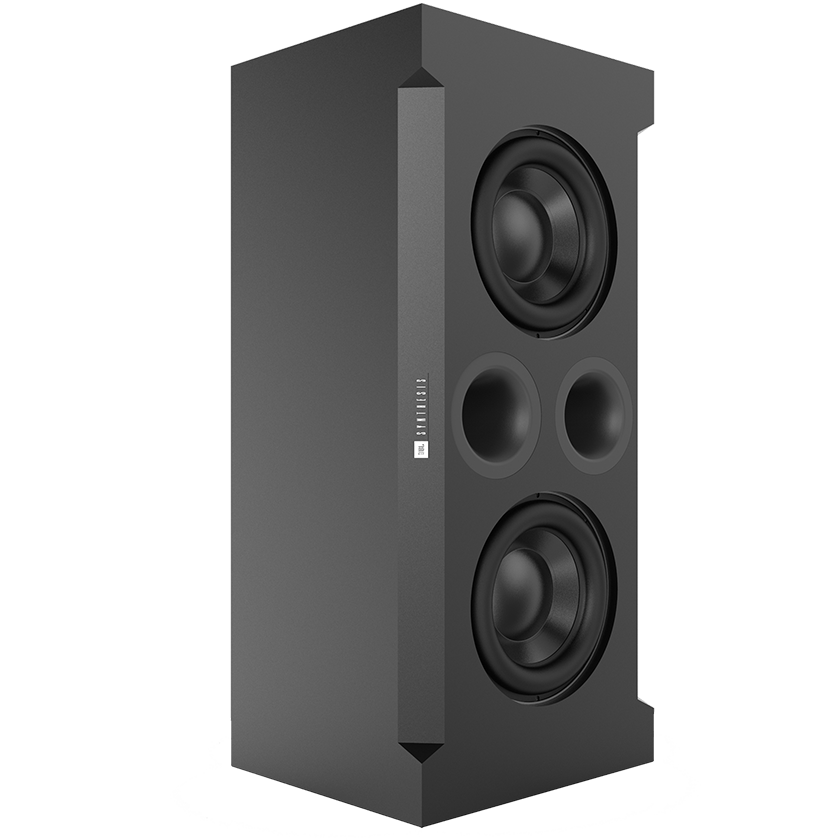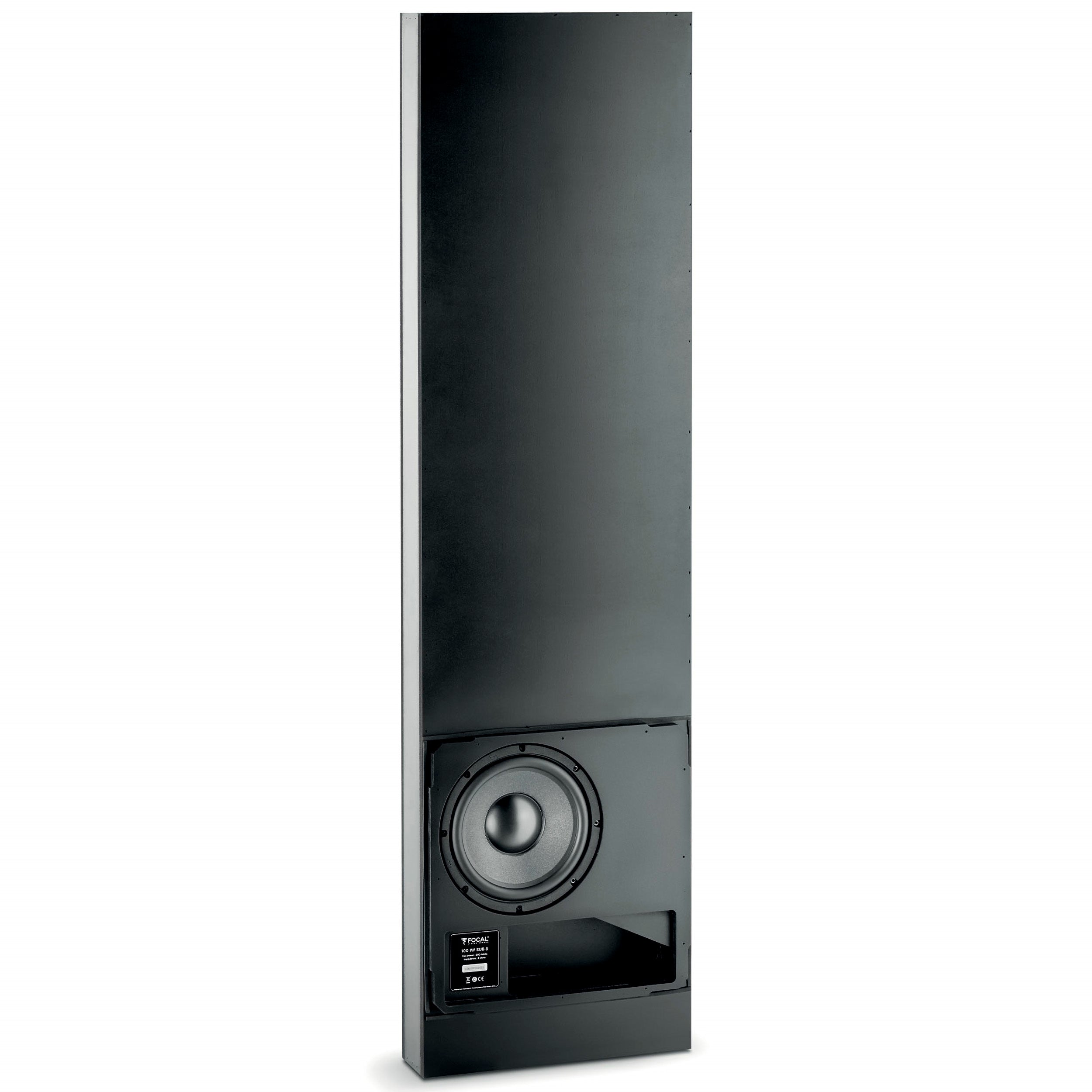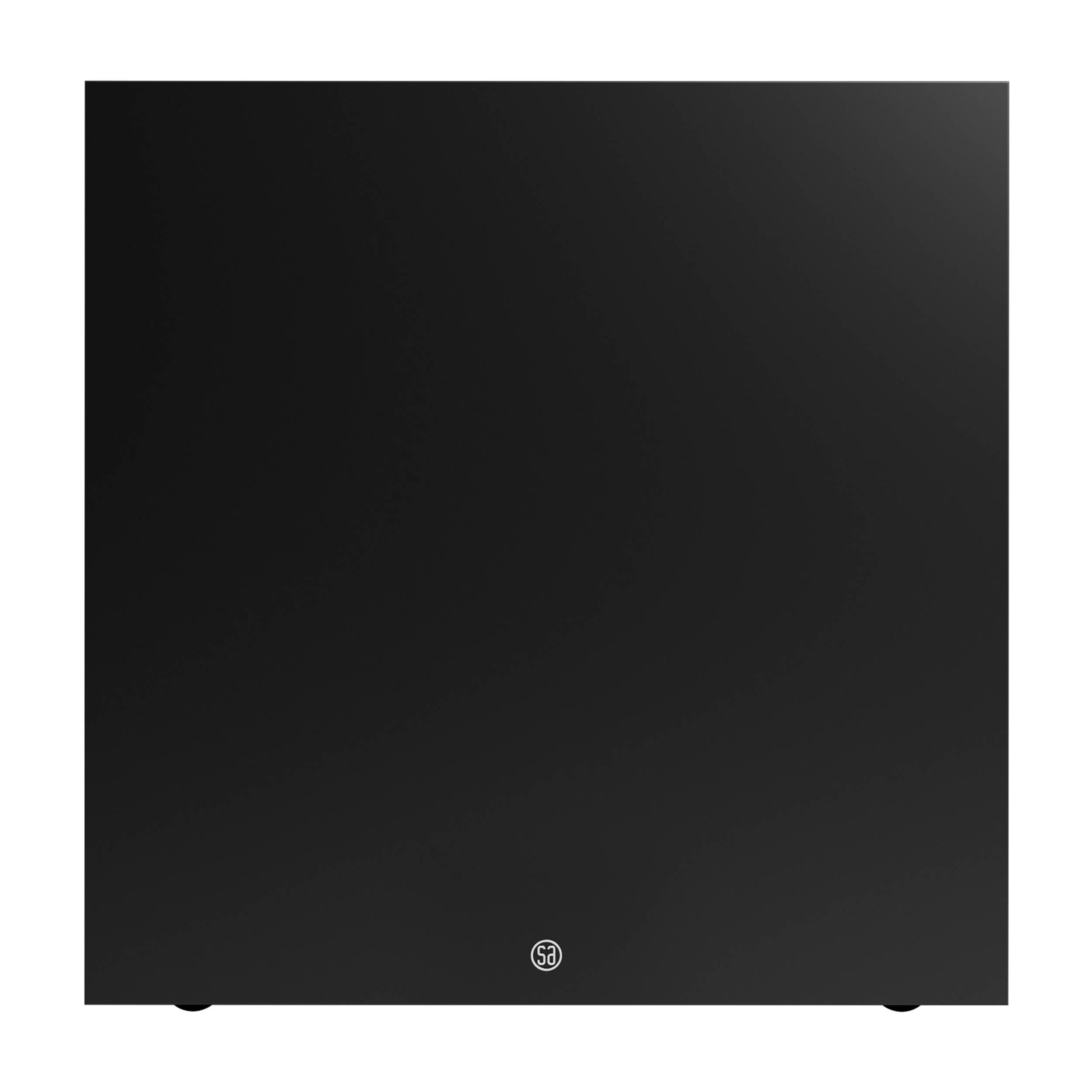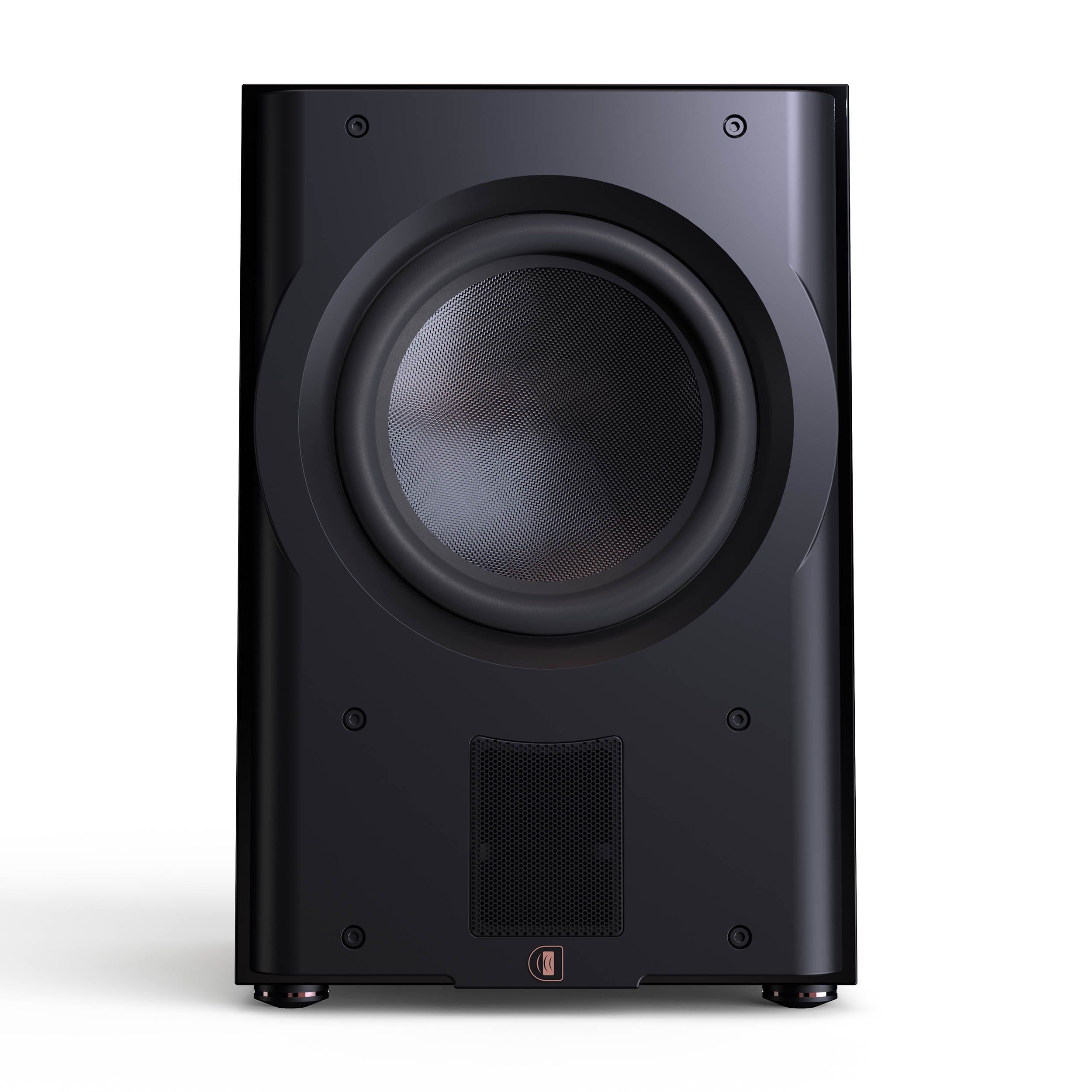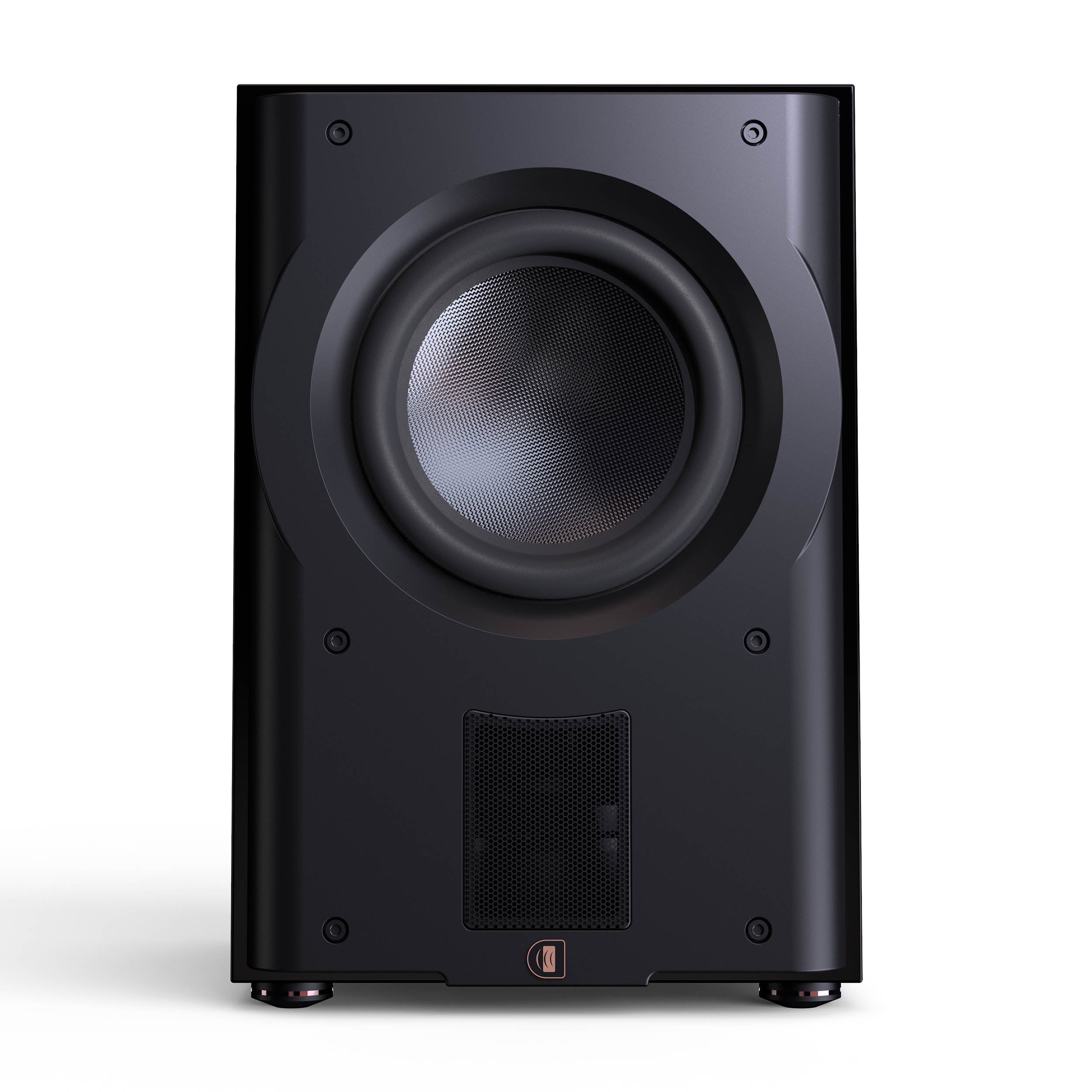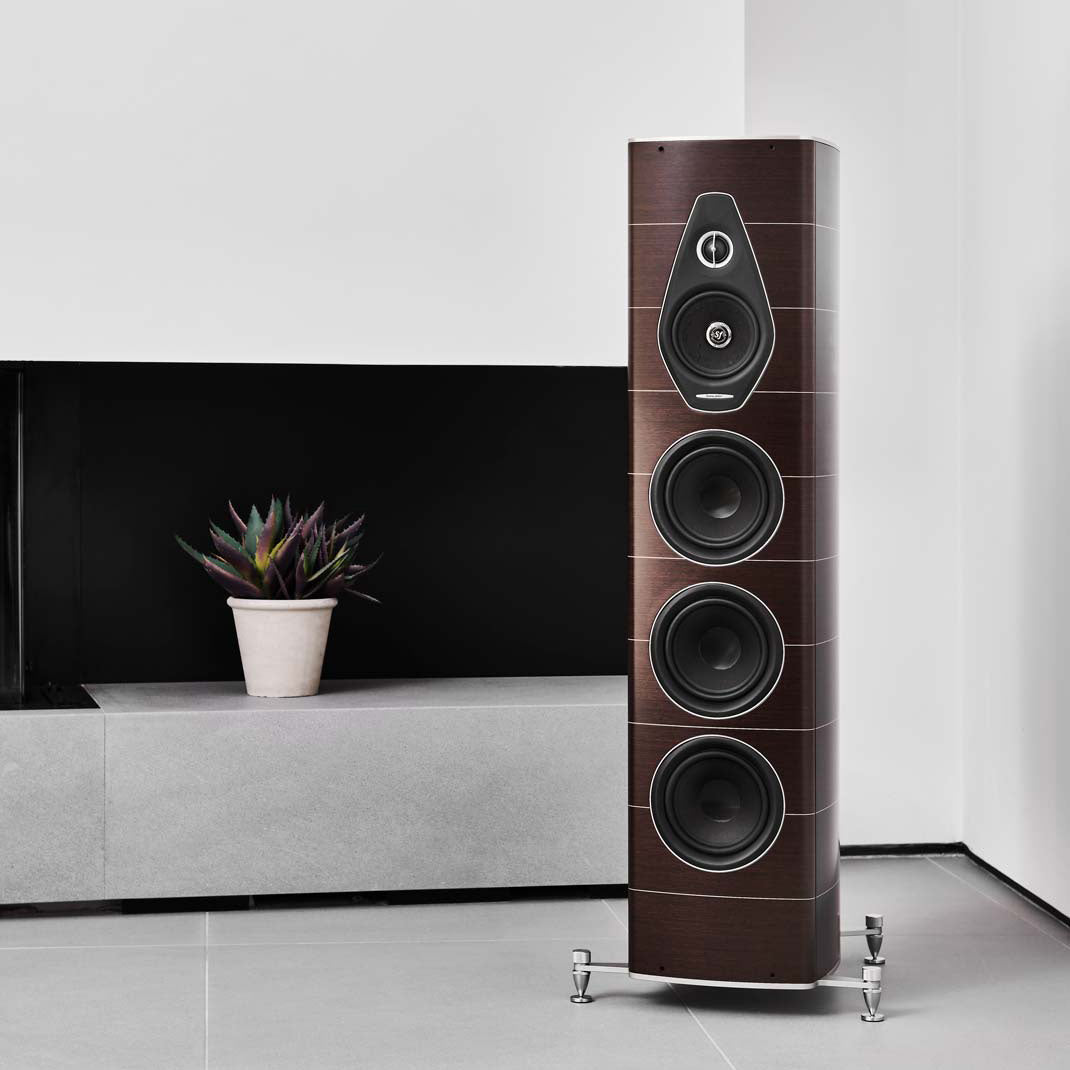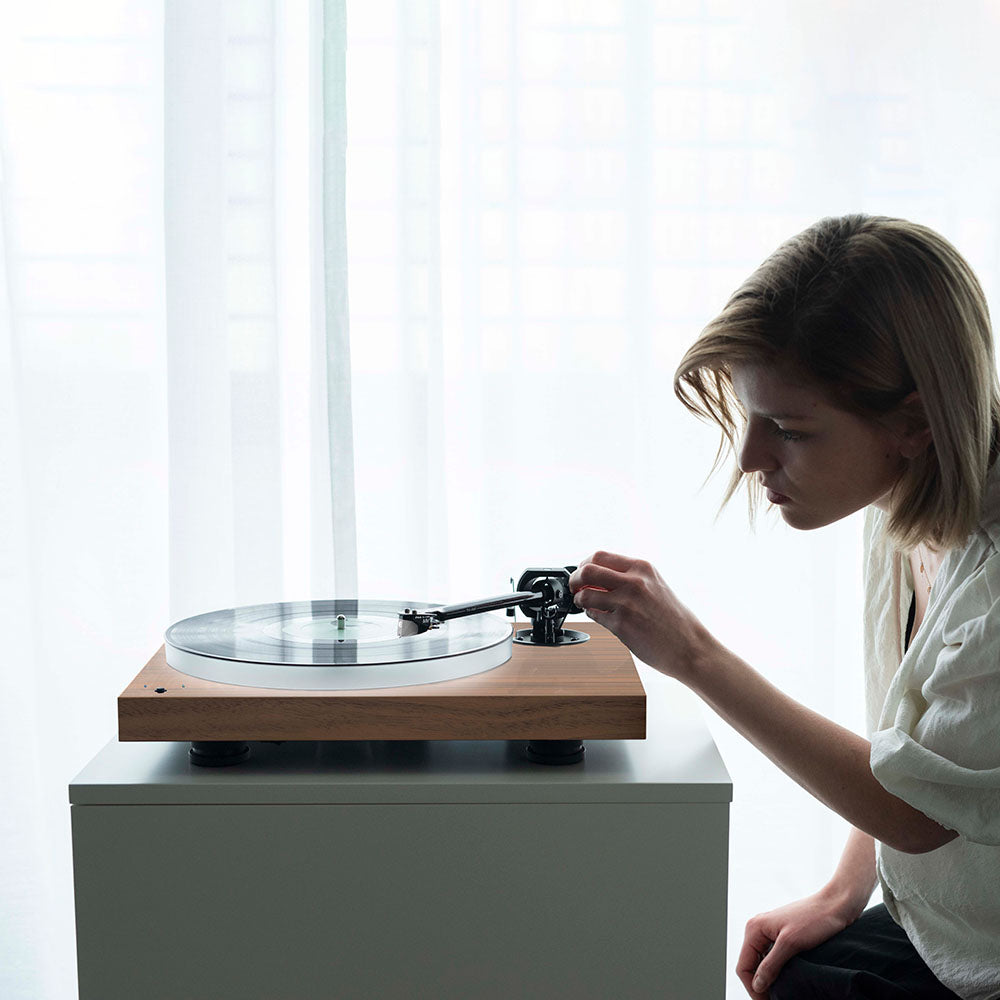5 lette trin til at få bedre bas fra din subwoofer
En subwoofer kan være en fantastisk tilføjelse til dit lydsystem og give en kraftig og dyb basgengivelse, som mange andre højttalere ikke kan matche. Udover at tilføje mere bas til din lydoplevelse, kan en subwoofer også forbedre den samlede lydkvalitet i dit system og aflaste de andre højttalere fra at producere dyb bas, hvilket giver dem bedre mulighed for at fokusere på mellemtone- og diskantområdet.
I denne guide vil du blive introduceret for de vigtigste aspekter inden for subwooferopsætning, herunder den optimale placering af subwooferen i dit rum, håndtering af indstillinger som crossover, fase og volumen, samt hvordan du kan håndtere akustikken for at forbedre din lydoplevelse. Ved at følge vores trin-for-trin vejledning vil du kunne finjustere din subwoofer og opnå den bedst mulige basrespons og lydkvalitet.
Uanset om du er nybegynder eller erfaren inden for lydopsætning, vil denne guide give dig de nødvendige værktøjer og teknikker til at få mest muligt ud af din subwoofer og optimere din lydoplevelse.
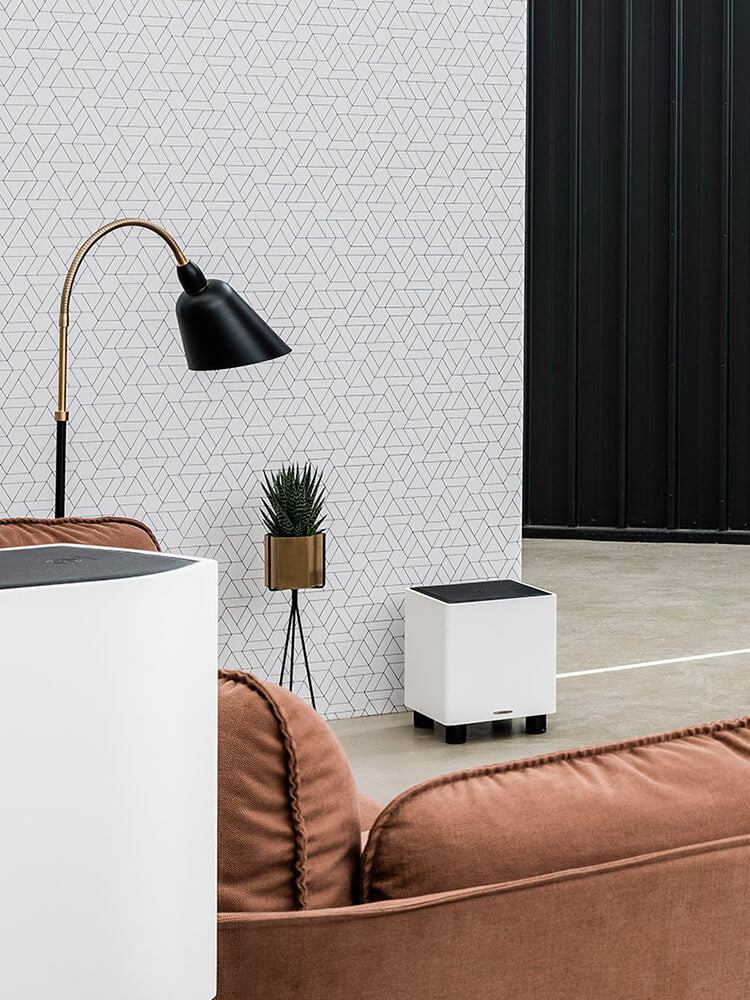
Sonus Faber Gravis i
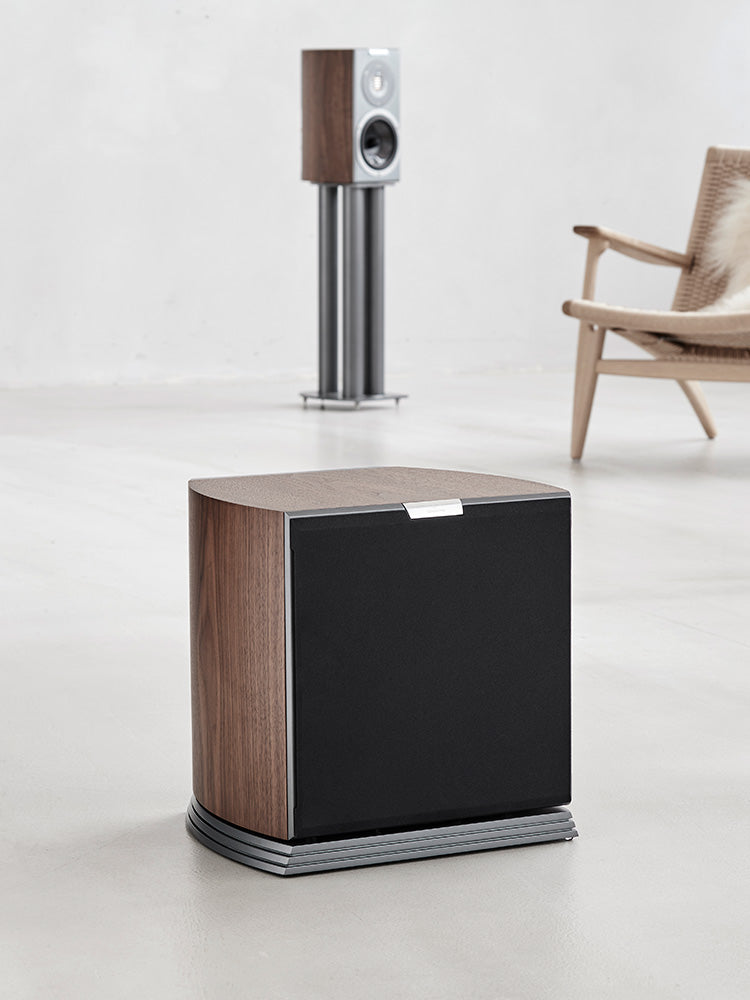
Audiovector r sub
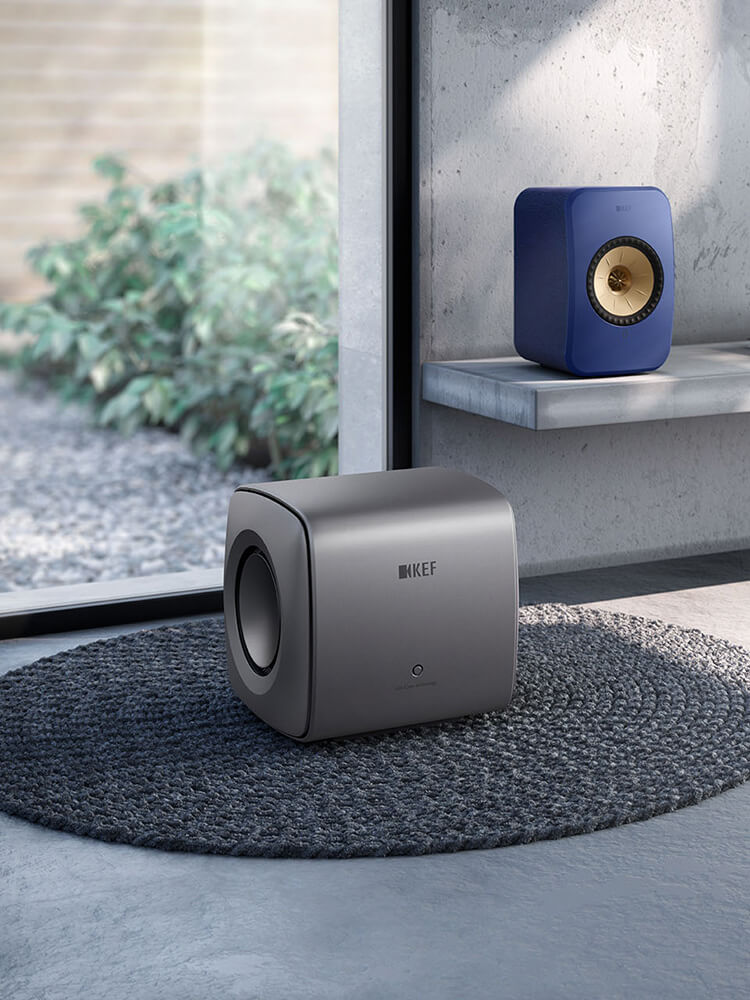
KEF KC62
1. Hvor bør jeg placere min subwoofer?
Når det kommer til subwooferes ydeevne, er placeringen af afgørende betydning. Bassens frekvenser er særligt følsomme over for akustiske faktorer i rummet, og derfor skal du nøje overveje, hvor du placerer din subwoofer.
Undgå parallelle overflader som vægge, da de kan forårsage problematiske stående bølger eller huller uden bas. Hvis basbølgerne reflekterer og kolliderer med væggene, kan det føre til ujævn og udefineret basgengivelse. Det er bedst at placere subwooferen mindst 20 til 30 cm væk fra væggene for at undgå de problemer.
Vi anbefaler også at placere subwooferen i nærheden af dine fronthøjtalere, fordi det minimerer timingforsinkelser og faseannullering, så du får en meget mere præcis basgengivelse.
Tre placeringer til din subwoofer
Hvordan du skal placere din subwoofer afhænger i høj grad af, hvilke muligheder du har i dit rum. Ofte er din lytteposition begrænset til et bestemt område, så der ikke efterlades megen frihed til, hvor du kan placere subwooferen. Her er vores forslag til, hvordan du kan få en præcis og hårdtslående bas i ethvert rum.
- Fleksibel placering: Hvis du har frihed til at placere subwooferen hvor som helst, så anbefaler vi, at du placerer subwooferen der, hvor du har din normale lytteposition. Nu skal du gå og kravle rundt i rummet og høre efter, hvor bassen er mest kontant. Med andre ord – hvor har du bassen, der føles som at få små mavepumpere? Markér placeringen med tape, når du finder et godt lydende sted, og fortsæt med at prøve andre steder for at finde den bedste placering.
- Ved siden af højtaleren: En af de absolut bedste placeringer til din subwoofer er ved siden af dine højtalere. Hvis du har en enkelt subwoofer, kan du prøve at høre, om det lyder bedre, når du placerer den indvendigt eller udvendigt af dine højtalere. Har du derimod to subwoofere, så bør du placere dem på ydresiden af dine højtalere. Det er nemlig her samspillet mellem din subwoofer og højtalere er på sit højeste, og det bliver til ren magi.
- Hjørneplacering: Placering af subwooferen i et hjørne kan give mere bas, men det er sjældent den ideelle løsning. Hvis du er nødt til at placere den i et hjørne, så kan du reducere interaktionen mellem subwooferen og væggen ved at placere den mindst 15 til 20 centimeter væk fra hjørnet.
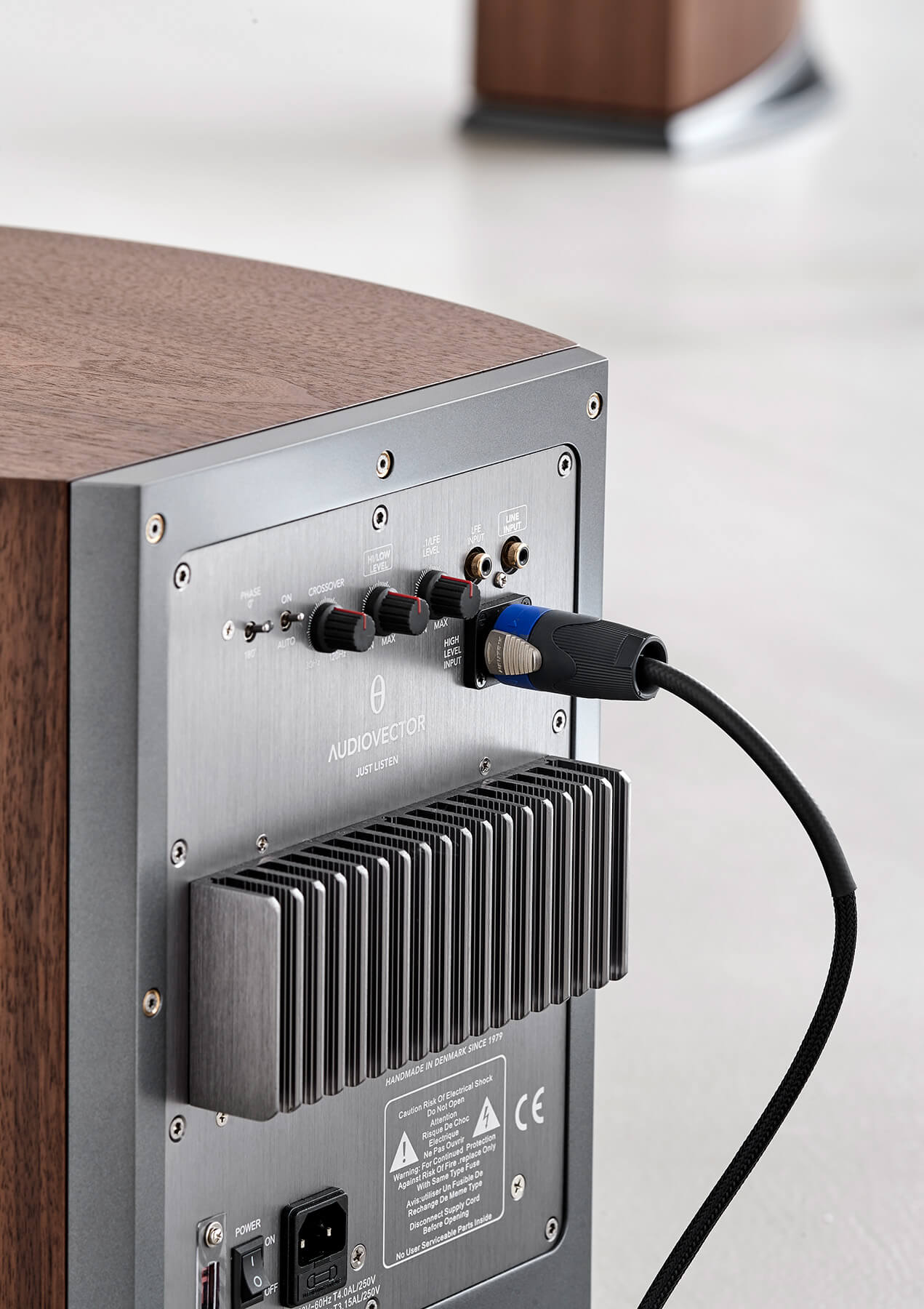
Audiovector R Sub
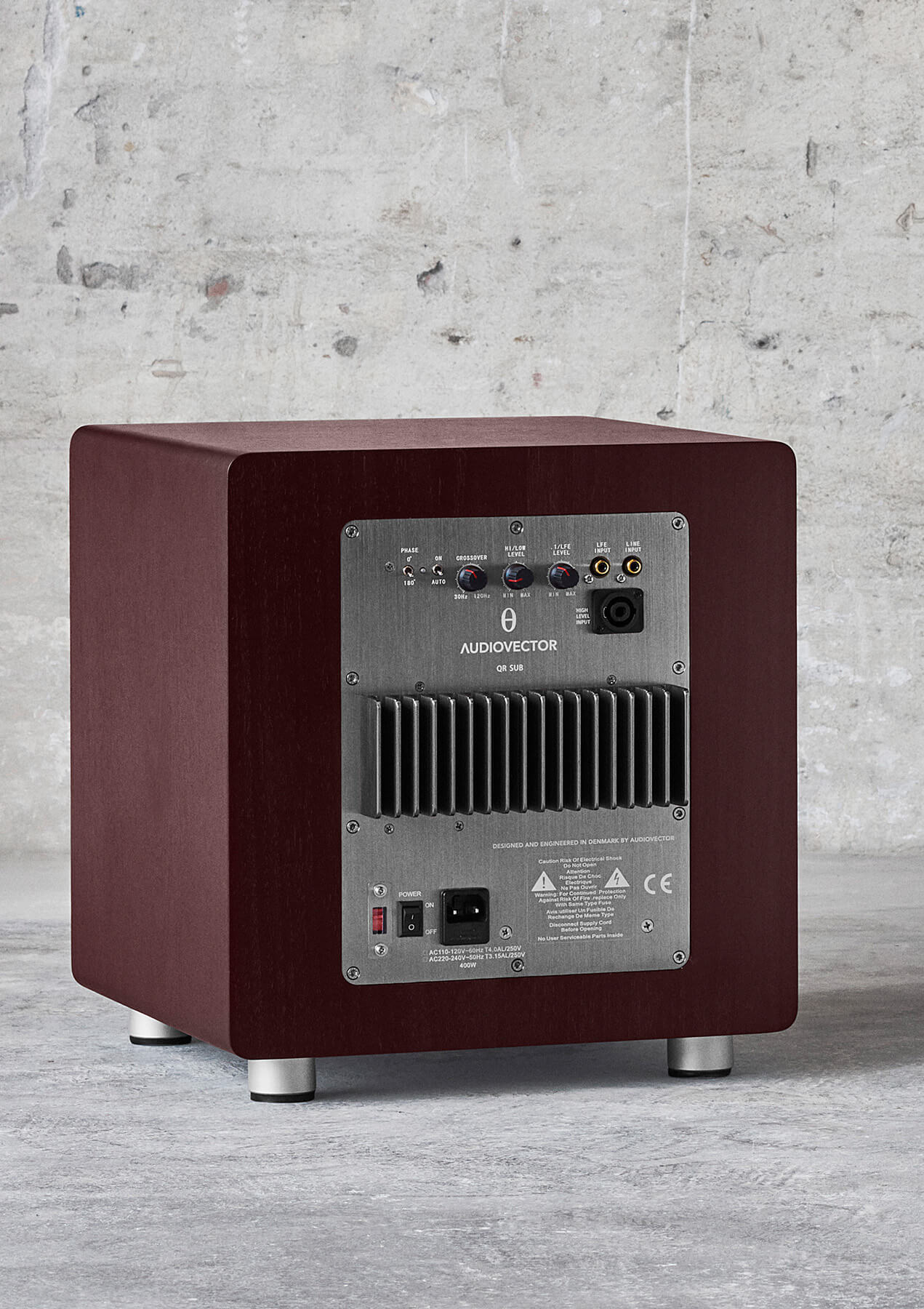
Audiovector QR Sub
2. Kalibrering af din subwoofer
Når du har fundet den optimale placering for din subwoofer, er det vigtigt at du kalibrerer den for at opnå den bedste basgengivelse. Følg disse trin:
- Indstil crossoveren: Hvis din A/V-receiver har en automatisk indstilling af crossoveren, skal du lade den tage sig af denne opgave. Såfremt din AV-receiver har det, skal du indstille subwooferen crossover på 100% og lade AV-receiveren håndtere hele. Hvis ikke, skal du indstille crossover-frekvensen til at starte lige under den laveste frekvensrespons for dine højttalere. Derefter skal du skrue op for delefrekvensen, og lytte efter hvornår subwooferen og højtalerne begynder at overlappe hinanden. Brug et nummer som “Dire Straits – Six Blade Knife” til at indstille subwooferen, da bas og trommegangen er konstant lydende. Når du oplever, at subwooferen og højtalerne overlapper hinanden, skal du skrue en lille smule ned for delefrekvensen igen. Så er du garanteret, at subwooferen er indstillet helt korrekt.
- Indstil fasen: Afspil en basintensiv musik eller filmsekvens og juster fasen på subwooferen, indtil du opnår den mest fyldige lyd. Hvis der stadig er problemer med basresponsen, kan det være nødvendigt at justere placeringen af subwooferen og gentage processen.
- Indstil volumen: En af de største fejl folk begår er, at de indstiller volumen for højt på deres subwoofer. Det må ikke kunne høres, at det er en subwoofer der spiller. Indstil subwooferens volumenknap til 50% og juster den alt afhængigt af, om der er for megen eller for lidt bas. Forsæt denne proces indtil subwooferens basgengivelse integreres 100% med de andre kanaler.
3. Få kontrol over akustikken
Dit rums akustik har en stor betydning for, hvilken lydkvalitet du kan opnå. Derfor kan det være en fordel at tilpasse dit rum, så det ikke påvirker din lyd negativt. Det kan du gøre ved at placere forskellige genstande i dit rums hjørner, for det hjælper positivt på akustikken. Der er heldigvis mange måder, hvorpå du kan forbedre dit rums akustik. Derfor anbefaler vi, at du overvejer følgende alt ud fra, hvad der kan lade sig gøre. De fleste har deres system i stuen, hvor basfælder eller andre lydabsorberende paneler måske er mindre ønskværdigt. Derfor kan du med fordel placere en lænestol eller stor plante i hjørnerne, som også forbedrer din akustik.
- Placer en genstand i hjørnerne af dit rum for at reducere problemet med stående bølger. Dette kan være basfælder, andre lydabsorberende enheder, møbler eller store planter.
- Hvis rummet har trægulve eller betonvægge, kan du lægge et tæppe for at dæmpe refleksioner og forbedre basresponsen.
- Overvej brug af gulvspikes og beskyttelsesdiske under subwooferen for at minimere resonans og forbedre den overordnede ydeevne. Her er afkoblingsfødderne IsoAcoustics GAIA helt geniale, og de har praktisk talt vundet enhver pris, der er at vinde.
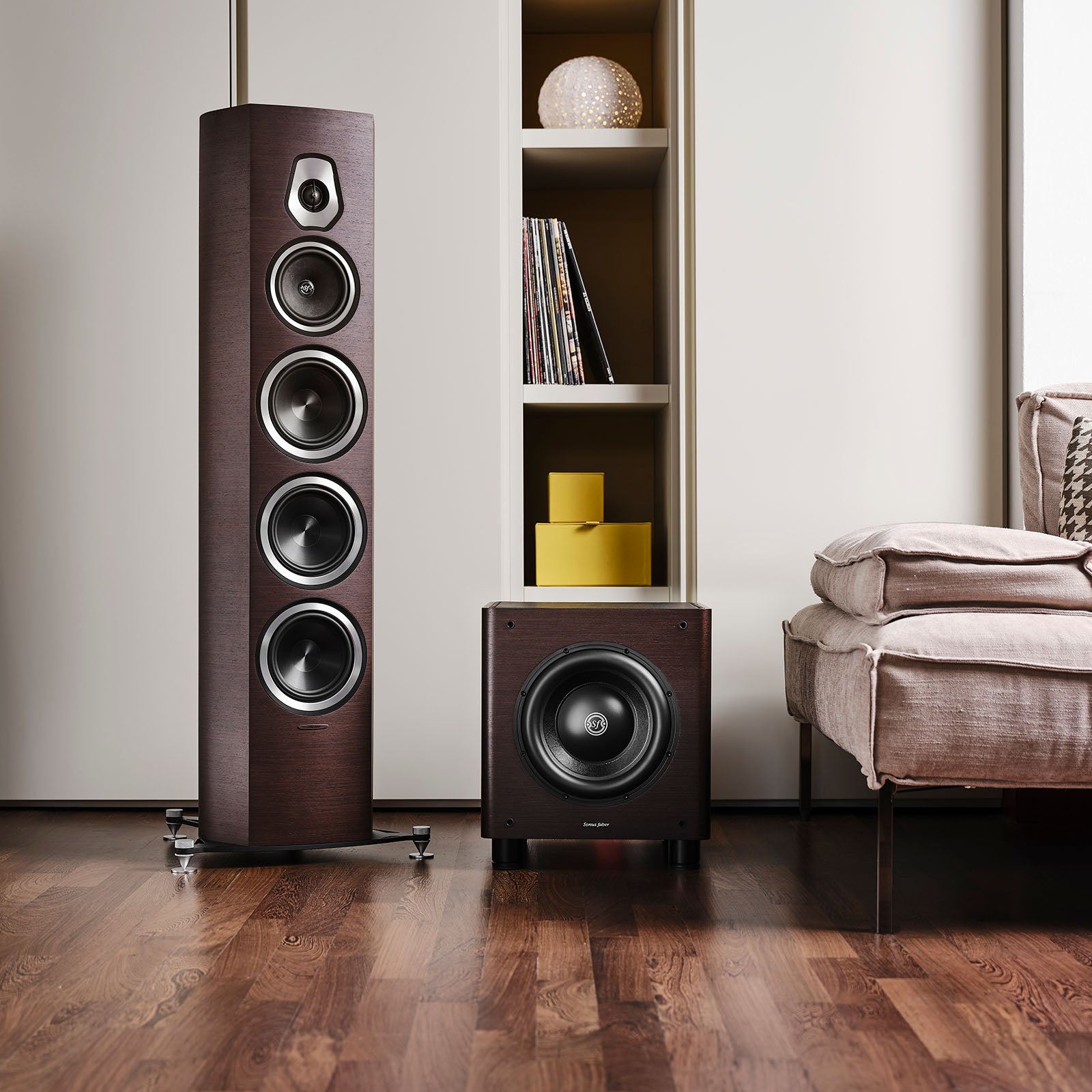
4. Tilføj to subwoofere for bedre basgengivelse
Vi skriver ikke bare det her, for at forsøge at sælge mere. Ved at placere én subwoofer i det ene hjørne af rummet og en matchende subwoofer i det andet hjørne, opnår du en langt mere ensartet basrespons i rummet. Sagt på anden vis så får du en lettere integration af bassen, når du anvender to subwoofere frem for en enkelt.
5. Valg af subwooferkabel
Der er to muligheder for kabeltilslutninger – tradtionelle RCA-kabler og high-level kabler (Audiovector og REL). Et High-level kabel måler på højtalersignalet, så det er i total fase og timing med det, som højtaleren bestemmer. Det skyldes, at signalet ikke skal forbi endnu en forforstærker udgang på forstærkeren. Subwoofere fra REL og Audiovector kommer altid med et high-level kabel, men de er desværre ikke skærmet. Du vil derfor kunne gøre en stor lydmæssigt opgradering ved at købe et skærmet kabel. Alle kabler fungerer nemlig som antenner, der opfanger store mængder af støj, der forurener det følsomme signal. Et godt skærmet kabel vil holde signalet fri for denne skadende støj.
Populære subwoofere
Få vejledning hos lydspecialisten
Hvis du har fået lyst til at prøve kræfter med en subwoofer, så kan du gå på opdagelse i vores udvalg lige her. Hvis du er i tvivl om noget som helst i forbindelse med købet af subwoofer, kabel eller opsætningen af den, så tøv ikke med at kontakte en af vores specialister på 98 16 14 10 eller info@lydspecialisten.dk.
Du er også altid velkommen til at komme forbi butikken, hvor du kan høre subwooferen og få råd og vejledning til, hvordan du bør opsætte og kalibrerer den til lige præcis dit system og omgivelser.










